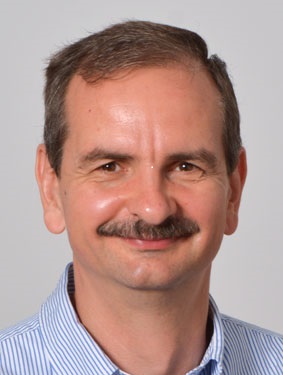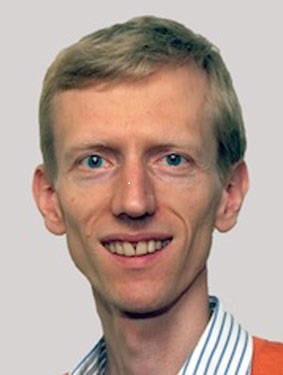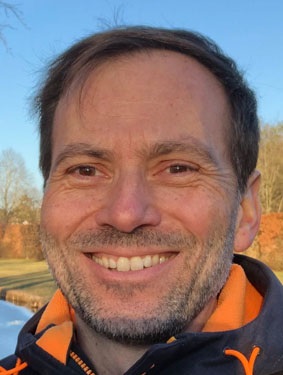A9 Localization for Very Sparse Erdős–Rényi Random Graphs
Project Leaders



Prof. László Erdős, PhD, Prof. Dr. Markus Heydenreich, Prof. Dr. Peter Müller
Researchers
Summary
Since the seminal contribution of E. Wigner, random matrices are widely used in modeling complex quantum Hamiltonians. In this project, we study the spectral properties of the graph Laplacian and the adjacency matrix of Erdős–Rényi random graphs. Beyond theoretical physics, they also serve as a prototypical mean-field model in different areas of mathematics and other quantitative sciences. We are interested in the physically most interesting very sparse regime of Erdős–Rényi random graphs in which the average number of edges grows proportionally to the number of vertices. From a mathematical point of view, the very sparse regime leaves many open questions and is very demanding as the powerful methods from the study of universality in random matrix theory, which were developed over the last decade, cannot be applied. The primary long-term goal of this project is to prove localization of the eigenfunctions of the Laplacian of very sparse Erdős–Rényi random graphs at high energies. A proof of this property is not within reach of current mathematical techniques. We will develop new tools for the control of tunneling to transform physical intuition into mathematical proofs. Other goals include eigenvalue correlations as encoded in spectral statistics and level spacings. In the localized regime one expects Poissonian eigenvalue statistics and in the delocalized regime random-matrix statistics. The ultimate goal, which extends far beyond the four-year funding period, is to give a mathematical proof for the existence of a quantum-percolation threshold in accordance with numerical predictions from physics.

